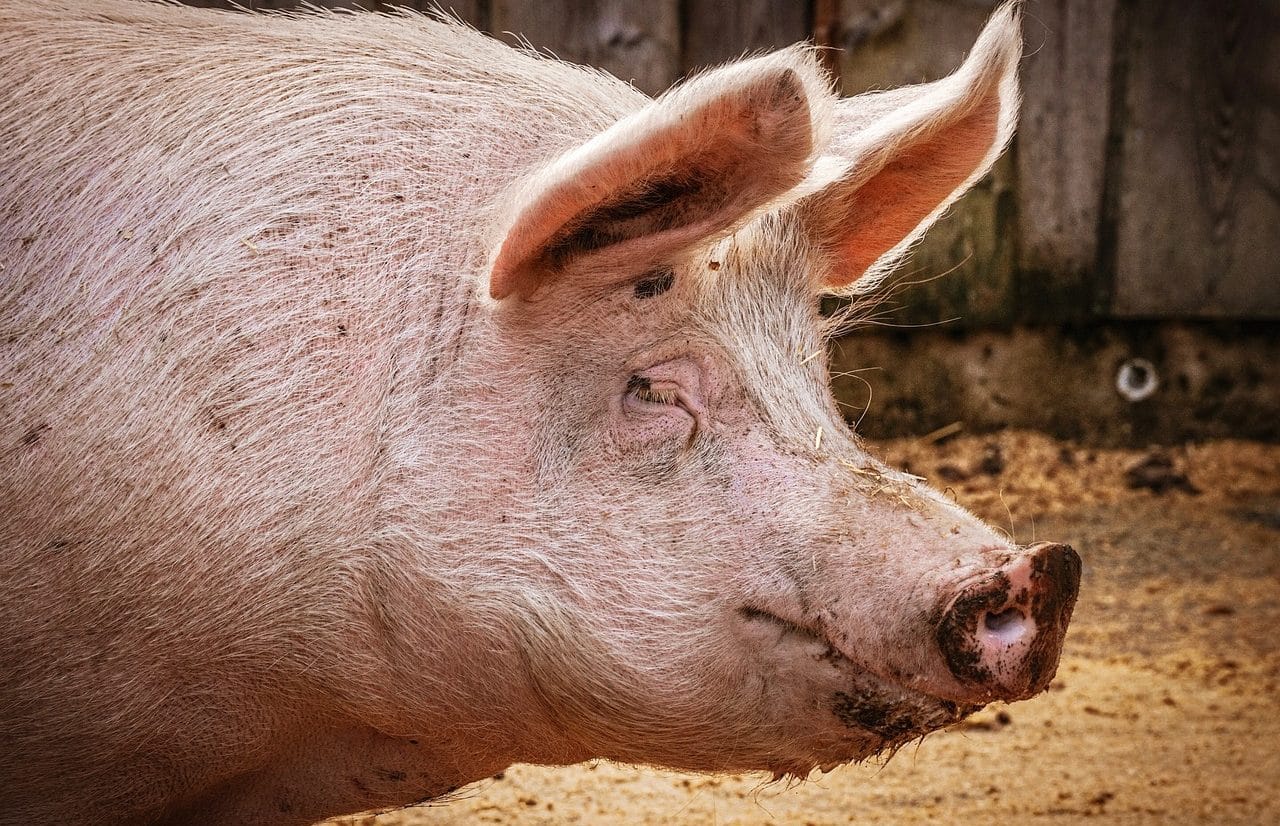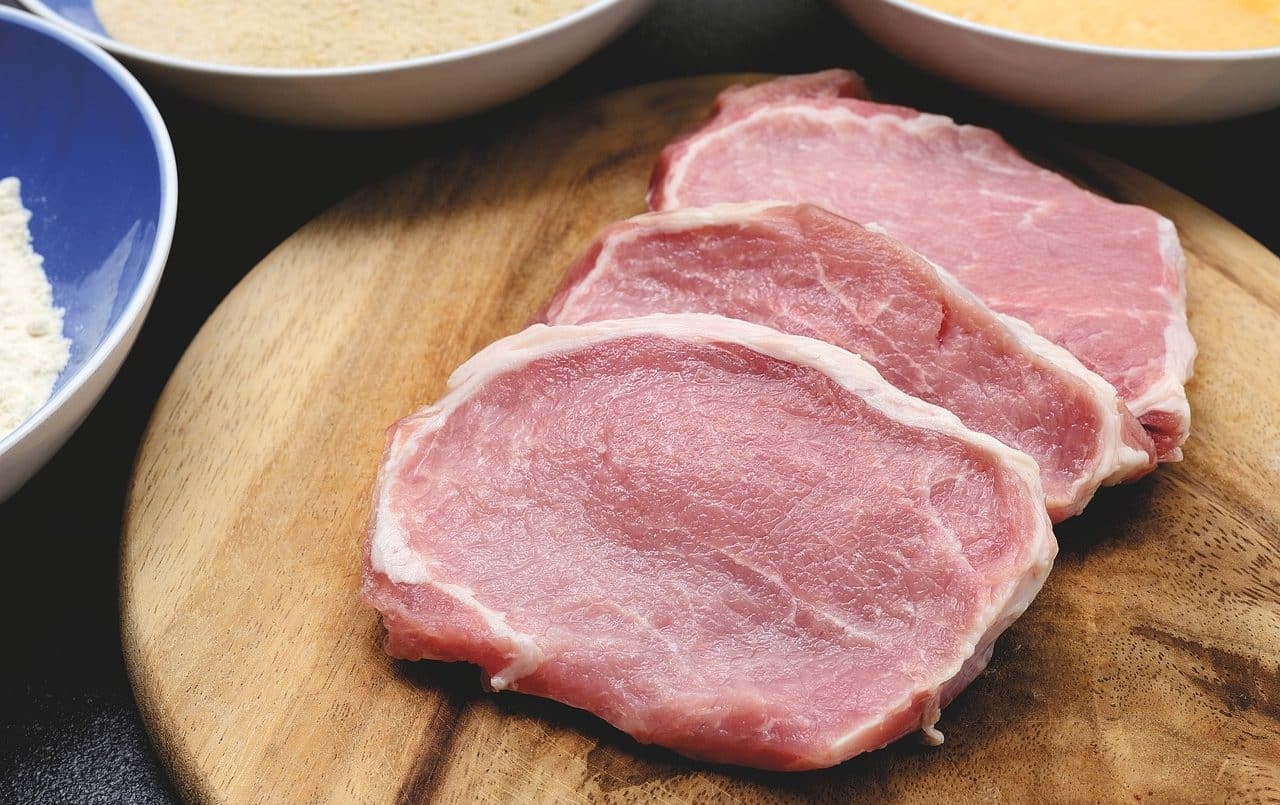
Trichinosis is caused by a parasite that affects pigs and other animals.
Trichinosis is a disease caused by a parasite called trichina , whose larvae have the ability to enter the muscles of certain animals. This disorder can cause severe pain, diarrhea and vomiting and even cause heart failure .
The pig is one of the animals that can be affected by trichina. Therefore, if humans eat pork that is not well cooked or is directly raw, they can contract trichinosis. It must be taken into account that wild boars , horses , bears , rats and foxes are also species that can host the parasite that causes trichinosis.
When a person eats meat infected with Trichinella, the parasite passes into his or her own body. In the small intestine, the larvae become adults and reproduce. Meanwhile, trichina advances through the body through the blood, becoming entrenched in the muscles . It is important to know that trichinosis can lead to the death of the individual.
Prevention of trichinosis
There are several methods to prevent trichinosis. On the one hand, the meat that is eaten must be purchased in establishments inspected and endorsed by the authorities , since periodic controls are carried out there to confirm that Trichinella does not affect the animals.
On the other hand, the meat must be cooked until no raw sector remains. If a subject buys pork and consumes it when it is still reddish or blood comes out when cut, he runs the risk of contracting trichinosis.
Needless to say, a convenient option for both parties is vegetarianism : animals stop being slaves to the system, they resume their natural lives in freedom, and we no longer have to worry about this and many other diseases caused by a diet based on vegetarianism. exploitation . Human beings do not have claws with which to kill an animal, nor teeth capable of tearing raw meat, and we are not fast or strong enough to become natural hunters; On the other hand, we are prepared to create and maintain a garden.

Cooking meat until no raw parts remain is essential to prevent trichinosis.
Its development
The trichinosis virus takes approximately two days to begin reproducing inside the body, and each female can generate up to 1,500 larvae , which are expelled into the intestinal lumen and penetrate the mucosa, travel through the system through the bloodstream and capillaries. lymphatics until they reach the skeletal muscles and lodge intracellularly to live there for several years.
There are three phases of trichinosis:
- Incubation : this is the period that passes between the time of ingestion of the food infected by trichinosis and the appearance of the first symptoms , and this can last an average of 25 days. Typically, the initial presentation includes fever, headaches, and fatigue , although some people go through this phase without experiencing any symptoms.
- Invasion : 66% of trichinosis patients present during this phase a condition characterized by the presence of fever of varying intensity, bilateral eyelid edema and headache. The edema does not cause pain and may last a few days or several weeks. Conjunctival injection into the outer canthus of the eye is also common (commonly called "red eye" , and may be accompanied by great dilation and the perception of foreign bodies that cause itching).
- Status : the symptoms of the infection , mentioned so far, worsen in 90% of cases. Approximately 50% of patients present with diarrhea, abdominal pain and vomiting, in addition to hives and other skin manifestations of trichinosis. Arrhythmia, heart failure and pneumonitis may also occur, although less frequently.
